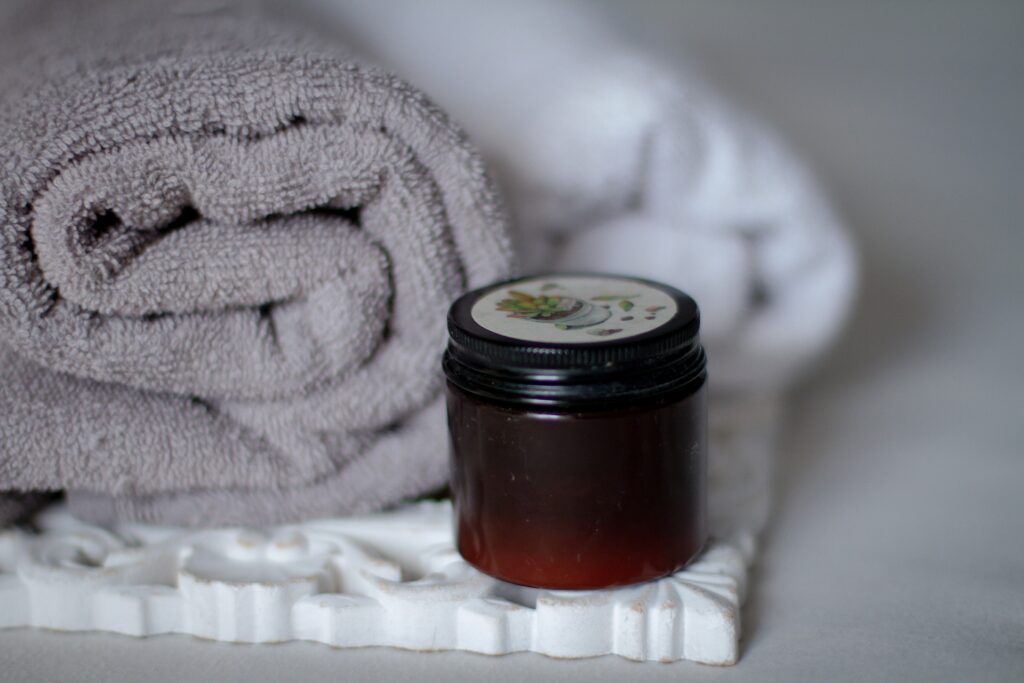
Do you want the best cream for sciatica pain? If you are suffering from sciatica pain, then it is important to find the best cream for it. This will ensure that you get relief from the symptoms associated with it such as tingling, burning, itching, and numbness. The best cream for sciatica pain can be found at most drugstore catering such products.
Ingredients found in sciatica cream
Before you choose a product, make sure that it is free from any ingredients that may irritate your skin. Some creams are made from natural and essential oils that can cause allergic reactions, so be sure to check the label before you buy.
What it Does
When you apply a cream for sciatica pain, the first thing that you should do is rub the product on the affected area. This will ensure that the product penetrates deeply into your skin.
Massage the gel or cream downwards on your lower back, preferably the lumbar region. Also, focus on the rear pelvic area as this is where sciatic nerve roots are found.
Results
Once you have finished applying the cream, it will be important to notice if the sciatica pain starts to subside or disappears. This can be a great indicator that the cream is working.
Cost
Depending on the treatment, the cost can fluctuate. If you have a limited budget, it is important to shop around for the best cream for sciatica pain.
Always make sure that the cream is backed with scientific research, and is tested and proven to be effective (based on user reviews). Once you have this information, you can make an informed decision about which product is right for you.
How to cure sciatica permanently at home
The best way to cure sciatica permanently at home is to get the proper treatment, which is usually a combination of physical and medical care. This includes corrective chiropractic care, which is done by a professional that can locate and address the root cause of your pain, which may be sciatica.
Stretching can help relieve pain from sciatica in the hips, buttocks, and lower back by releasing tight hamstring muscles that increase stress on your spine. It also improves flexibility, which can reduce the likelihood of recurrence of sciatica.
Increasing fluid intake can also decrease inflammation and ease pain associated with sciatica. Aim to drink at least 75 percent of your body weight in fluid ounces per day.

Warming the area with a hot water bottle, heating pad, or other heated product can increase blood flow to the painful area and encourage healing. Apply heat for 15 minutes a day.
Ice therapy can also reduce pain by reducing inflammation. Freeze a cup of water and apply it to the affected area three to five times daily.
Staying active can also reduce inflammation in your lower back and legs that are causing sciatica pain. Try to move as much as possible, but not too much, and avoid sitting for long periods of time.
Stopping exercise can cause your muscle tension to build up again. A physical therapist can help you learn how to release tight muscles and prevent it from worsening your sciatica.
The best muscle relaxer for sciatica pain
Millions of people experience severe flare-ups of sciatica pain each year. At-home treatments can help alleviate pain, but some people need more serious medical care to relieve severe sciatica pain.
Treatment options for severe sciatica pain include medications, physical therapy, heat and ice therapies, and dietary and lifestyle changes. When these options don’t work, it may be time to go to the emergency room for more aggressive treatment.
Over-the-counter (OTC) pain medications can also help relieve sciatica pain. Acetaminophen, NSAIDs like ibuprofen and naproxen, and expectorants can all provide relief.
If you’re experiencing severe back or leg pain, you may need stronger nonsteroidal anti-inflammatory drugs (NSAIDs) and opioids to get more effective relief. These pain medications can be a lifesaver when your OTC options don’t work.
Muscle relaxers are a group of prescription and over-the-counter medicines that can reduce sciatica pain by relaxing back muscles. They’re often used in combination with OTC pain relievers and other therapies to reduce sciatica symptoms.
Common side effects of muscle relaxers are drowsiness, dizziness, confusion, and nausea. These side effects aren’t always serious, but they can occur in patients who take these drugs long-term.
When using muscle relaxers, you should only take them for a short period of time and only if prescribed by your doctor. They should not be taken with alcohol or other drugs that cause drowsiness, like antihistamines and sedatives.
Muscle relaxers are not a cure for sciatica. They do not work directly on the muscles and are not recommended for long-term use because they can be habit-forming and can cause physical addiction problems.
Sciatica relief in 8 minutes
If you have sciatica, you may be wondering what it takes to get rid of this pain. It can be debilitating and numbing, so it is important to find the right treatment.
The first thing you should do is rest. This is one of the best ways to relieve sciatica, and it will actually help you heal faster.
Doing some light exercises can also help with the pain and make you feel better overall. You should try to walk, swim or exercise as much as you can, but don’t overdo it, or it could make the pain worse.
Stretching is another great way to relieve sciatica. It will increase flexibility in your core, back and legs, and it will also strengthen your muscles.
Piriformis stretch
This simple stretching exercise is a good way to relax the gluteal and piriformis muscles, which can become tight and irritated, and which can also press against the sciatic nerve.
Seated figure four stretch for sciatica relief
This exercise is a great hip opener and helps to reduce the dull ache in your lower back that can be caused by sitting too long. Simply place one ankle on the opposite leg and lean forward slightly, keeping your spine straight.
Keep the stretch for about 30 seconds, and then switch sides.
X-rays and MRI are other options to check for spinal problems that can cause sciatica. These tests can reveal a herniated disc or bone spur that might be pressing on the sciatic nerve, causing the pain.
If you liked the article, please donate!
